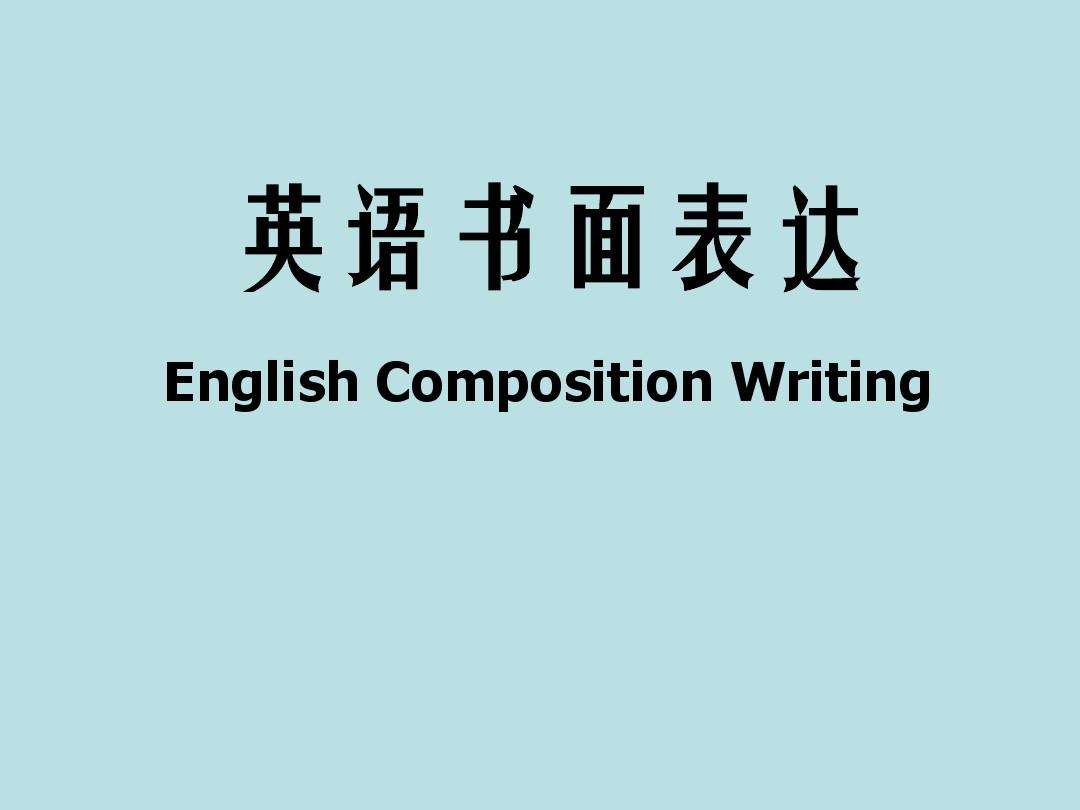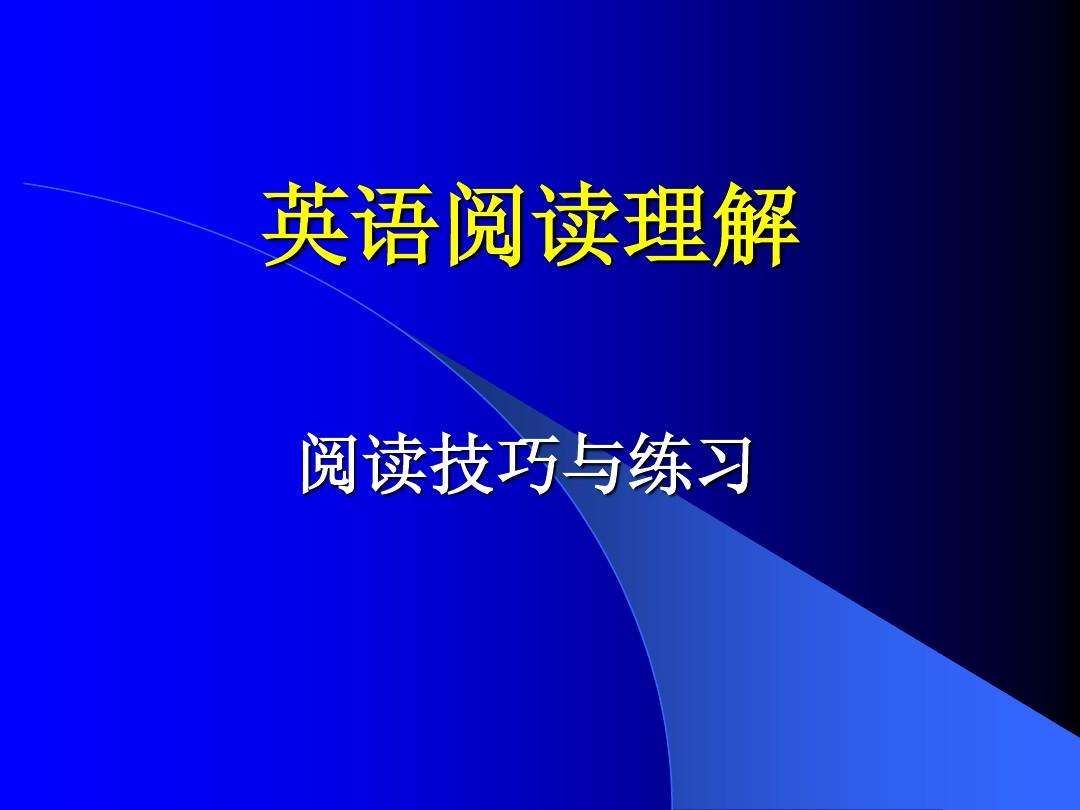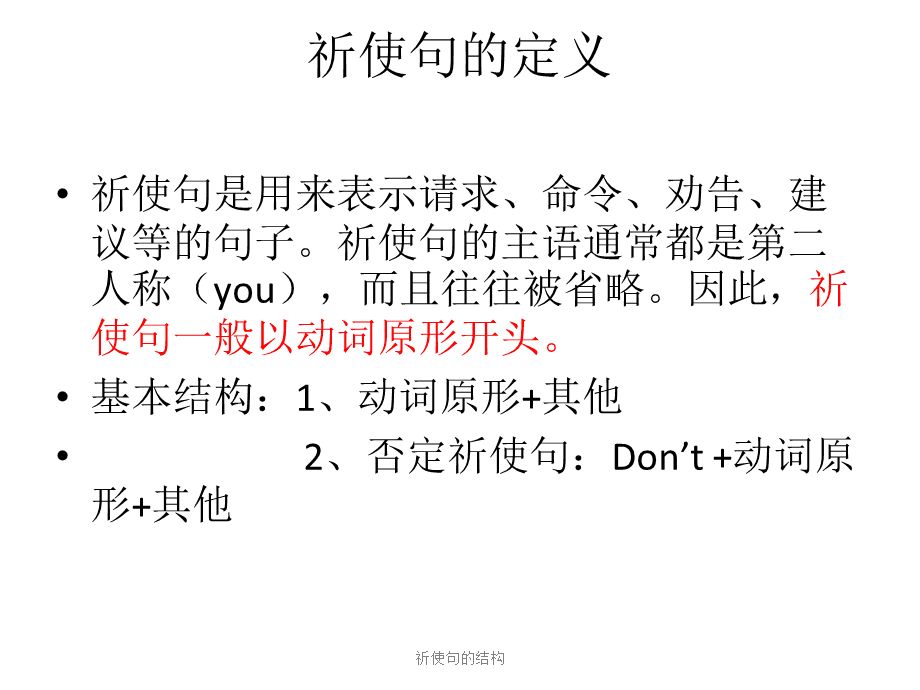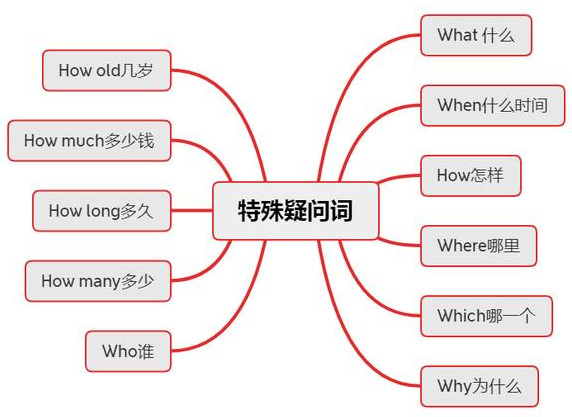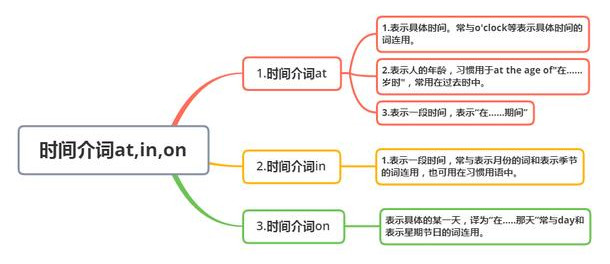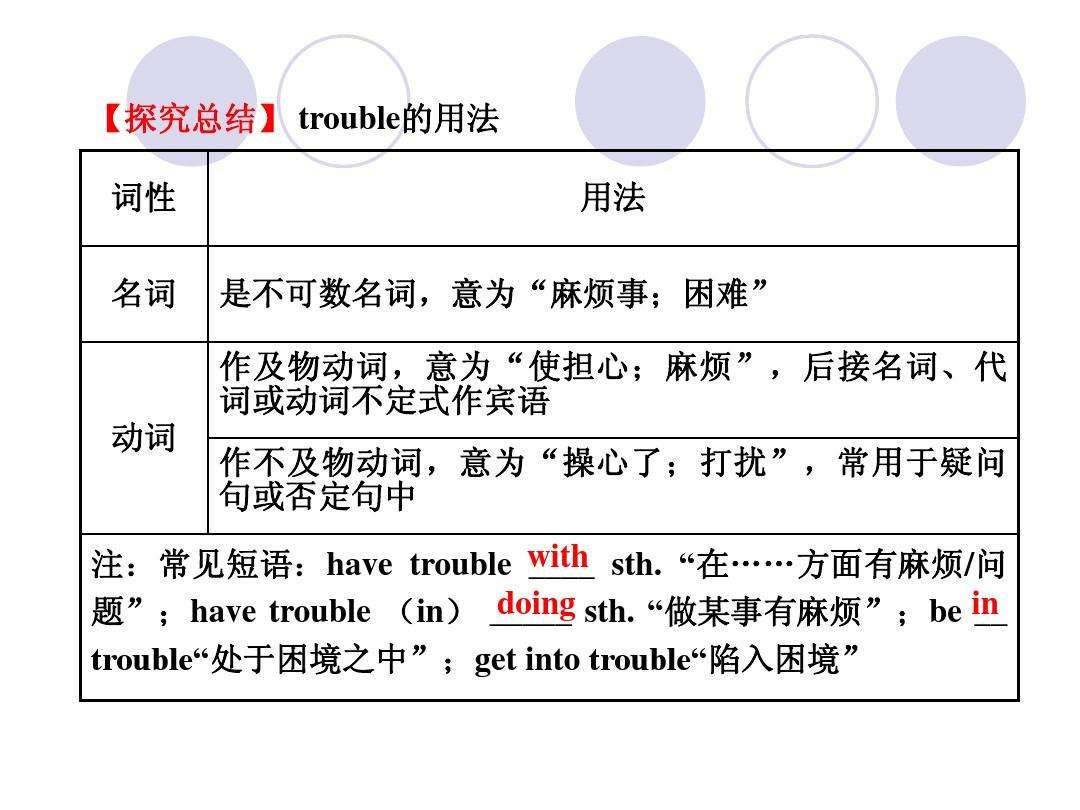| 宜城教育365速发国际靠谱么_365bet亚洲官方网址_预付365商城下载网www.bjtlcd.com 定语从句结构及用法
|
关系词 |
功能 |
先行词 |
|
that, who, |
主语、宾语、表语 |
人 |
|
whom |
宾语 |
|
that, which |
主语、宾语、表语 |
事物、时间
地点、原因 |
|
Do you know the girl who/that often comes here? He’s the boy (whom/that) I talked with just now. A dictionary is a book that/which gives the meaning of words. This is the factory (that/which) we visited yesterday. |

英语定语从句学习要点大汇总
1. 定语从句的概念和特点
定语从句在复合句中起定语作用,修饰主句中的名词或代词。被定语从句所修饰的词叫先行词。定语从句一般在先行词之后。引导定语从句的词叫关系词。关系词在先行词与定语从句之间起纽带作用。关系词代表着先行词并在定语从句中充当一个句子成分。如:
A man who sells books in a shop is called a bookseller. 开店售书的人叫做书商。(who sells books为定语从句,修饰先行词a man)
The discussion was on the election which had taken place the day before. 讨论的内容全是有关前一天选举的事。(which had taken place the day before为定语从句,修饰先行词the election)
2. 关系代词和关系副词的用法
根据关系词在定语从句中的不同用法,可分为关系代词和关系副词。关系代词主要有who, whom, which, that, whose等,在定语从句中作主语、宾语、定语等;关系副词主要有when, where, why等,在定语从句中作状语。具体用法如下:
(1)关系代词的用法:当先行词指人时,若它在从句中作主语,则用who;若它在从句作宾语,则用whom或who;若它在从句中作定语,则用whose。如:
The man who told me this refused to tell me his name. 告诉我这事的人不肯告诉我他的名字。
The woman whose umbrella you took is very angry about it. 你拿了那个女人的伞,她非常生气。
当先行词指物时,若在定语从句中作主语或宾语,则用which;若它在定语从句中作定语用,则用of which或whose。如:
I saw something in the paper which might interest you. 我在报上看到一样可能使你感兴趣的东西。
He’s written a book the name of which (whose name) I’ve forgotten. 他写了一本书,书名我给忘了。
(2) 关系副词的用法:关系副词主要有when, where, why等,在定语从句中作状语,分别表示时间、在点和原因。when主要放在time, day, years, season, age, occasion等时间的名词后;where主要放在place, city, town, village, house等地点名词后;why则通常只放在reason后。如:
Wednesday is the day when the shops are not open in the afternoon. 星期三下午商店不开门。
Give me one reason why we should help you. 给我举出一个我们应当帮助你的理由。
要特别注意,activity, case, point, even, situation, job, organization, position等抽象名词后接where引导定语从句的用法(这是近几年高考的一个新热点)。如:
I don’t want a job where I’m chained to a desk all day. 我不想找一份整天坐办公桌前的工作。
Today, we’ll discuss a number of cases where beginners of English fail to use the language properly. 今天,我们将讨论一些英语初学者对英语使用不当的问题。
The treatment will continue until the patient reaches the point where he can walk correctly and safely. 治疗将会持续到病人可以正常且安全地行走。
If you risk something important, you cause it to be in a dangerous situation where you might lose it. 你如果拿重要的东西去冒险,那你就是将它置于一种可能会失去它的危险境地。
3. 关于“介词+关系代词”引导定语从句
对于“介词+关系代词”结构,同学们主要应注意两点,一是要判断其中的关系代词是用which还是whom(看它是指人还是指物),二是要判断其中介词的正确选用。下面给同学们归纳方法。
(1) 根据定语从句中动词与介词的搭配来判断介词
The documents for which they were searching have been recovered. 他们找寻的文件已经找到了。(注意搭配search for)
I wanted to find someone with whom I could discuss books and music. 我想找到一个可以和我谈书和音乐的人。(注意搭配discuss sth with sb)
(2) 根据定语从句中形容词与介词的搭配来判断介词
He referred me to some reference books with which I am not very familiar. 他我要去参考一些我不熟悉的参考书。(注意搭配be familiar with)
(3) 根据先行词与介词的搭配习惯来判断介词
This is our classroom, in the front of which there is a teacher’s desk. 这是我们的教室,前面有老师的讲台。(注意搭配in the front of our classroom)
I’ll never forget the day on which she said goodbye to me. 我永远不会忘记她与我们告别的那一天。(注意搭配on the day)
(4) 根据所属关系确定of which (whom)结构
On the blackboard the teacher wrote a sentence, the meaning of which I don’t understand. 老师在黑板上写了一个句子,句子的意思我不明白。(注意搭配the meaning of the sentence)
(5) 根据整体与部分的关系确定of which (whom)结构
I have five English dictionaries of which Longman Dictionary is the best. 我有5本英语词典,其中最好的是朗文词典。(注意搭配of the five dictionaries)
The buses, most of which were already full, were surrounded by an angry crowd. 多数公共汽车已经上满了人,周围是一伙愤怒的群众。(注意搭配most of the buses)
(6) 根据同位关系确定of which (whom)结构
Her sons, both of whom work abroad, rang her up this morning. 她的两个儿子都在国外工作,今天早上给她来了电话。(注意搭配both of her sons)
注:关系副词when, where和why有时也可以用“介词+which”替代,其中介词的选用也需视句中的搭配而定。
4. 关于“介词+关系代词+不定式”结构
“介词+关系代词+不定式”结构是一种紧缩的定语从句。在正式文体中,当引导定语从句的关系代词用作介词的宾语时,有时可用“介词+关系代词+不定式”这样的结构来简化定语从句。如:
她必须有冷静下来时的时间。
正:She must have time in which she can grow calm.
正:She must have time in which to grow calm.
给我一点时间换衣服。
正:Allow me one minute in which I can change my clothes.
正:Allow me one minute in which to change my clothes.
他要是没有邻居吵架就难受。
正:He was miserable unless he had neighbors with whom he could quarrel.
正:He was miserable unless he had neighbors with whom to quarrel.
若语义清楚,且结构恰当,“介词+关系代词+不定式”有时可进一步将其中的关系代词省略,而只保留介词和不定式(介词要移至不定式之后,且当先行词为表时间的名词时,该介词通常省略)。如:
She must have time to grow calm (in). 她必须有冷静下来时的时间。
Allow me one minute to change my clothes (in). 给我一点时间换衣服。
He was miserable unless he had neighbors to quarrel with. 他要是没有邻居吵架就难受。
值得指出的是,“介词+关系代词+不定式”结构中的介词不能没有,并且该介词也不能位于不定式后面。如:
在那儿孩子们有个玩耍的花园。
正:There the children had a garden in which to play. (很正式)
正:There the children had a garden in which they could play. (较正式)
正:There the children had a garden to play in. (较口语化)
误:There the children had a garden which to play in.
5. 限制性和非限制性定语从句的比较
限制性定语从句对先行词起修饰、限制或确定的作用,若去掉,先行词的意思就不明确,它是不可缺少的一部分,它与先行词的关系密不可分,不可用逗号将其分开。而非限制性定语从句只是对先行词起补充说明作用,它可有可无,与先行词关系松散,通常用逗号将其分开。因此,有无逗号是区分限制性定语从句和非限制性定语从句的重要标志。如:
He is the man whose car was stolen. 他就是汽车被窃的人。(whose引导限制性定语从句)
People who take physical exercise live longer. 进行体育锻炼的人活得长些。(who引导限制性定语从句)
Water, which is a clear liquid, has many uses. 水是一种清澈的液体,有许多用途。(which…为非限制性定语从句)
We’ll put off the picnic until next week, when the weather may be better. 我们将把野餐推迟到下星期,那时天气可能会好一点。
注意:that和why可以引导限制性定语从句,但不能引导非限制性定语从句。另外,在限制性定语从句中,关系代词用作宾语可以省略,而在非限制性定语从句中关系词一律不能省略。
6. 关系代词that与which的用法区别
两者都可指物,常可互换。其区别主要在于:
(1) 通常要用which的场合:
①引导非限制性定语从句时,通常要用which。如:
She received an invitation from her boss, which came as a surprise. 她收到了老板的邀请,这是她意想不到的。
②直接放在介词后作宾语时,通常要用which。如:
The tool with which he is working is called a hammer. 他干活用的那个工具叫做锤子。
(2) 通常多用that的场合:
①当先行词是下列不定代词或被它们修饰时much, little, none, all, few, every(thing), any(thing), no(thing) 等时,通常用that:
All (Everything) that can be done must be done. 凡能做的事都必须做。
但在现代英语中,在something, anything, everything等之后用which引导定语从句的现象也很普通。
②当先行词有the very, the only, the same 等修饰时,通常用that。如:
This is the only example that I know. 我知道的例子只有这一个。
Those are the very words that he used. 那是他的原话。
③当先行词有形容词最高级或序数词(包括last, next等)等修饰时,通常用that。如:
This is the best dictionary that I’ve ever used. 这是我用过的最好的词典。
The first thing that you should do is to work out a plan. 你应该做的第一件事是订个计划。
④当关系代词在定语从句中用作表语时,通常用that。如:
China is not the country (that) it was. 中国已不是过去的中国了。
⑤当先行词是一个既指人又指物的并列词组时,通常用that。如:
They talked about the persons and things that most impressed them. 他们谈论了使他们印象最深的人和事。
⑥当要避免重复时。如:
Which is the course that we are to take? 我们选哪门课程?
7. 关系代词as与which的用法区别
引导非限制性定语从句时,有时两者可互换。如:
I live a long way from work, as (which) you know. 我住得离工作单位很远,这你是知道的。
(1)通常要用as的场合:
①当从句位于主句前面时,只用 as。如:
As is well known, more people get colds in wet weather. 众所周知,大多数人在雨天感冒。
②用于such, as, the same后引导限制性定语从句时,只能用as。如:
Such advice as he was given proved almost worthless. 给他提的那类建议简直毫无价值。
He smokes as expensive a cigarette as he can afford. 他抽一种他买得起的最贵的烟。
You must show my wife the same respect as you show me. 你必须对我妻子表现出与对我同样的敬重。
(2)两者的细微区别:
①as引导的非限制性定语从句应与主句在意义上和谐一致,which无此限制。如:
He went abroad, as (which) was expected. 他出国了,这是大家预料到的。
He went abroad, which was unexpected. 他出国了,这让大家感到很意外。(不用as)
②as引导非限制性定语从句时,先行词通常不能是主句中某个具体的词,而应是整个句子、整个短语或某个短语推断出来的概念,而which 则无此限制。如:
The river, which flows through London, is called the Thames. 这条流经伦敦的河叫泰晤士河。(不用as)
③当as引导非限制性定语从句作主语时,其谓语通常应是连系动词,而不宜是其他动词,而 which则无此限制。如:
She has married again, as (which) seemed natural. 她又结婚了,这似乎很正常。
She has married again, which delighted us. 她又结婚了,这使我们很高兴。(不用as) 宜城教育365速发国际靠谱么_365bet亚洲官方网址_预付365商城下载网www.bjtlcd.com |






